Engidi devices
Infinite “turnstiles” that allow you to control the access, presence, time, health and document fitness of workers according to Nalanda’s CAE in open workplaces in real time.
What are Engidi devices
In large, open and remote locations, controlling who works and for how long is complicated.
Imagine if we could delimit these spaces and monitor in real time the activity, health and documentary status of workers, and even geolocate them instantly in emergencies.
Now all this is possible with small devices that workers carry with them and that provide you with critical information in real time, as well as reports of time worked each day.
The devices are integrated with Nalanda, exchanging essential information to take your productivity and security to the next level.
Get to know this story of extreme use.
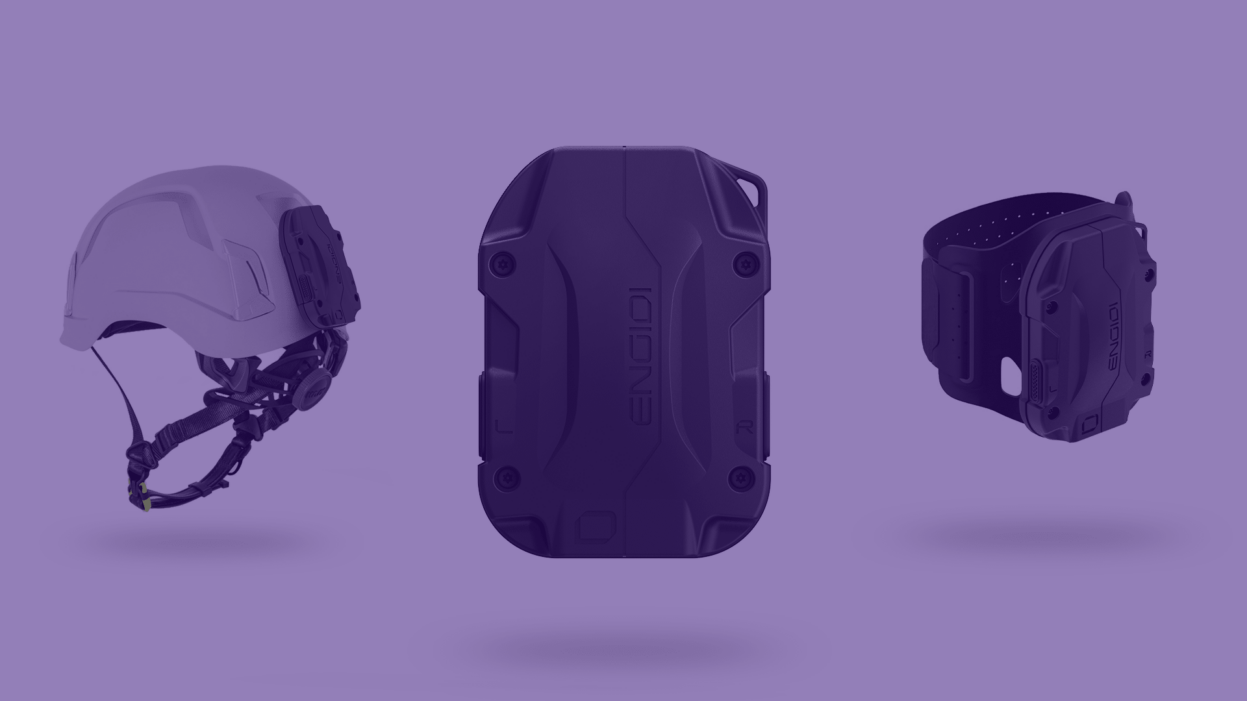
How they work
Based on high-precision geolocation, Engidi devices work as follows:
Define one or several virtual geofences on Google Maps that define your work areas.
Provide workers with their Engidi device and know where they are in every event that affects safety and health.
Whoever passes through the geofences, it will be as if they had used a lathe and you will know their documentary aptitude, heat maps and working times.
You will be able to accurately detect and geolocate unfit workers and a large number of potential health and safety problems, and know times.
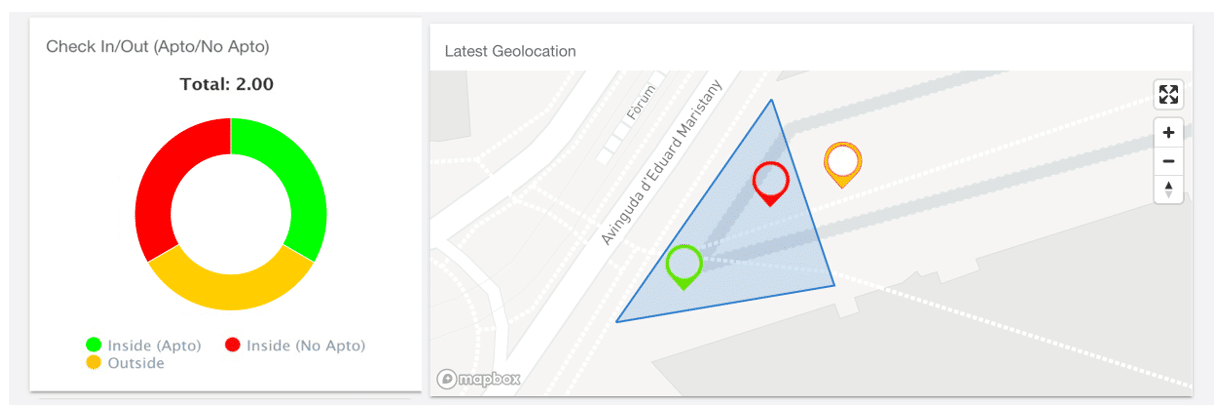
Each device identifies univocally, but anonymously with a worker assigned in Nalanda to your work area.
Thus, you avoid duplications and impersonations.
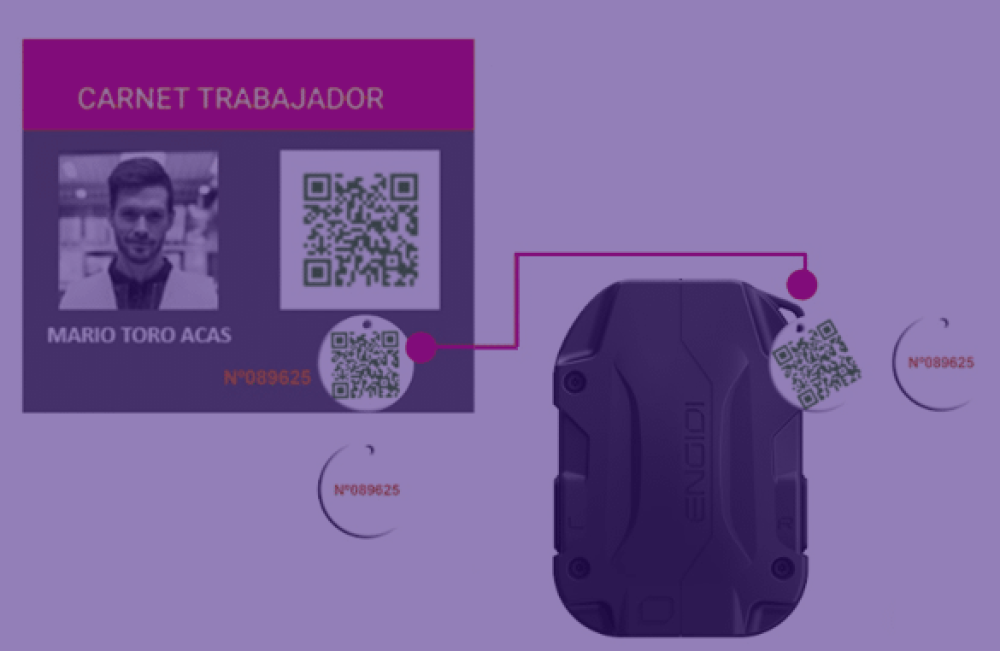
What they can measure in real time
- Control of the number of employees in the work area.
- Alerts for thermal stress of the worker Tª/HR according to O.I.T. (4 levels).
- Impact, fall and entrapment alarms.
- Anonymous location of all employees within the geofence.
- Continuous follow-up in the event of an accident in the work area, hazardous work or emergency call.
- Waypoints.

What they can measure every 5 minutes

- Check In/Out.
- Heights from zero point.
- Thermal sensation.
- Pace of activity.
- Battery status (%).
How the worker can interact
By means of 2 simple pushbuttons:
- Notification of start/end of hazardous work, enabling continuous monitoring mode.
- Enabling waypoints for inspection and supervision works.
- Emergency call forcing real-time geolocation.

What the control platform looks like
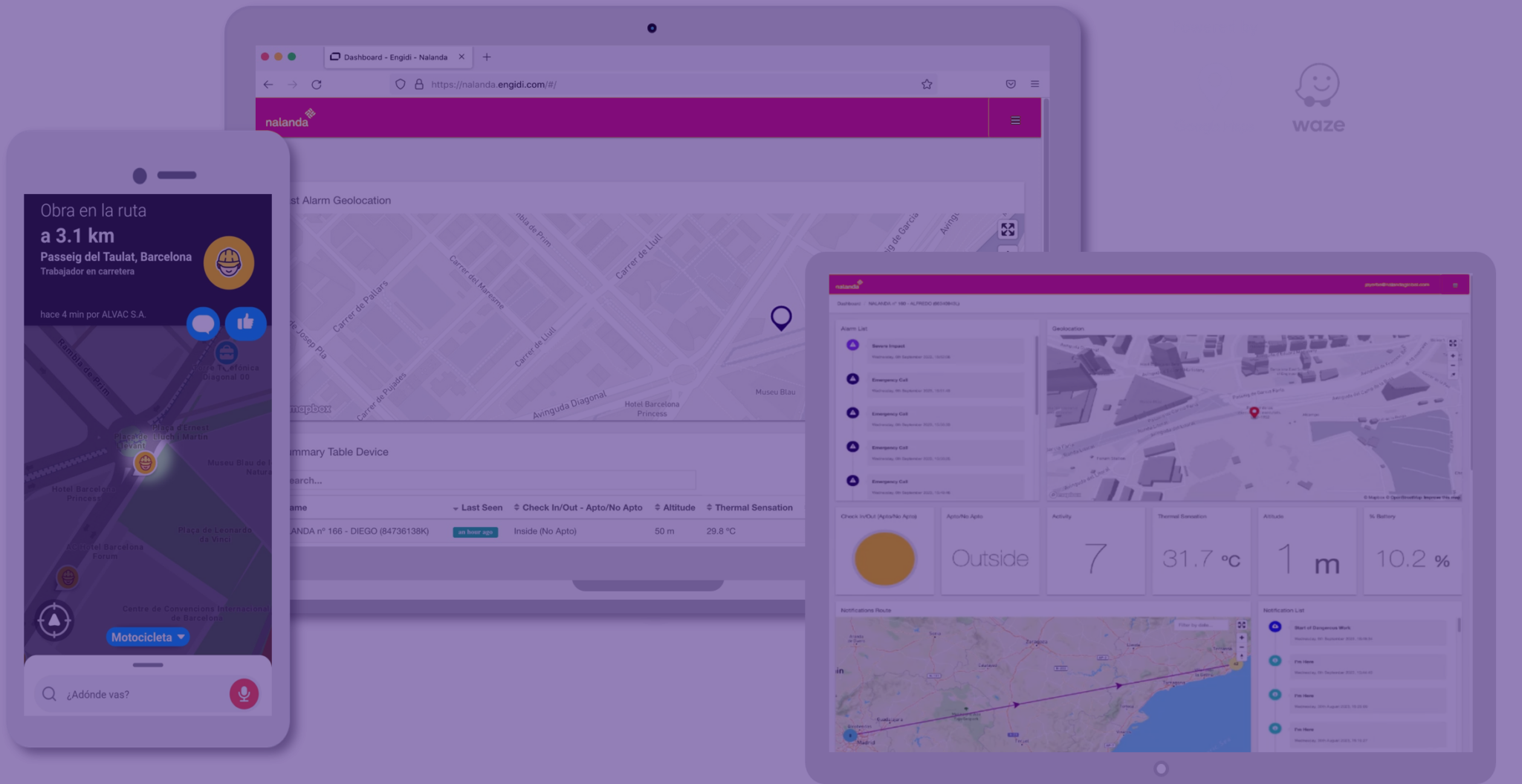
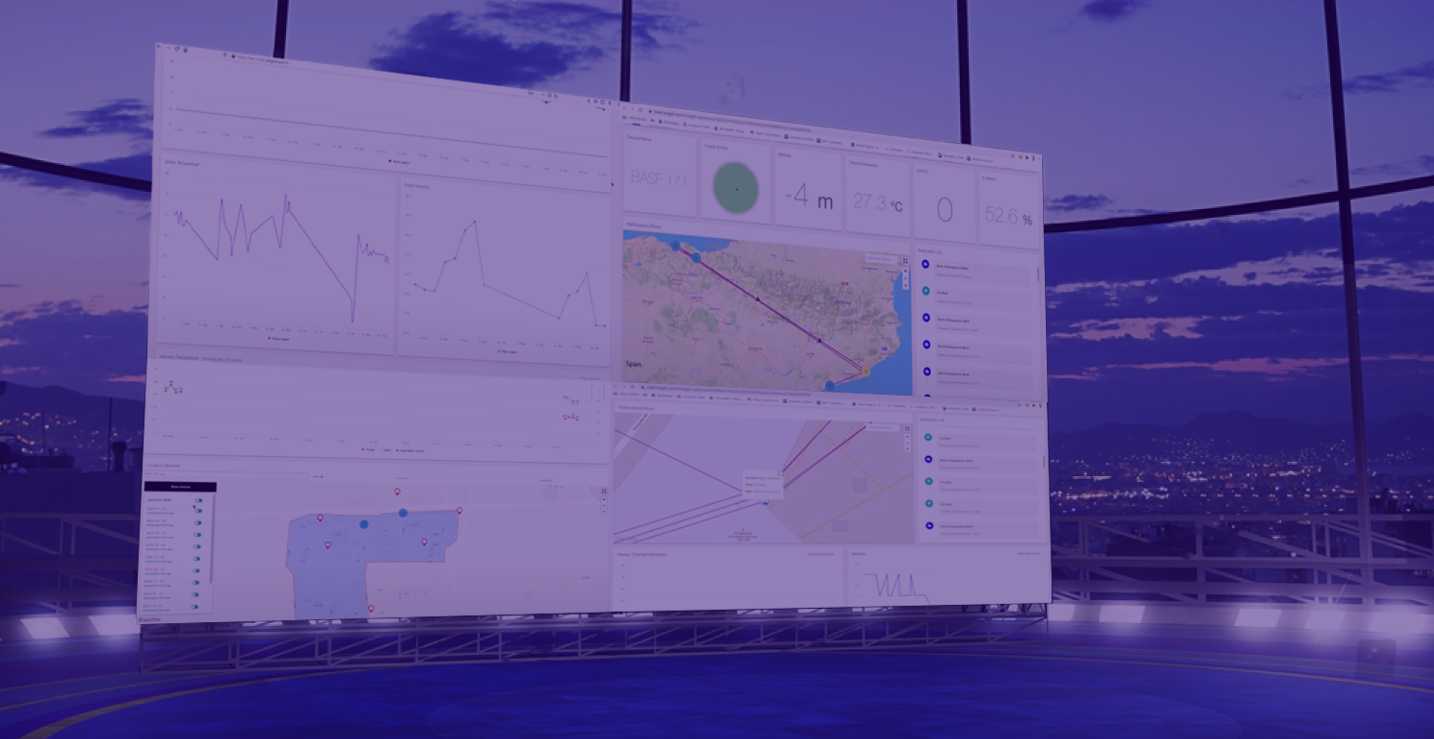
How real-time data is provided
Global view of your work area with local data of your workers collected by their devices:
- Plug & Play Technology – Ready to ship & operate (190 countries)
- 25 hours of autonomy
- Via public/private telephone network or satellite
- All via cloud
- Certifications ATEX Zone II, IP65, CE
Which environments are ideal
Engidi devices are designed for harsh and extreme working environments.
Recommended for open and/or high risk environments.

Petrochemicals
-Location on request
-Waypoints
-Hazardous Work
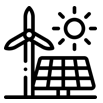
Energy
-Geocercas
-Height control
-Hazardous work

Mining
-Location on request
-Thermal stress
-Worker inactivity
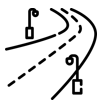
CoEx Roads
-Geolocation Gmaps/Waze
-Thermal stress
-Impact
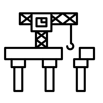
Civil Works
-Geocercas
-Time control
-Thermal Stress

Utilities
-Waypoints
-Thermal stress
-Impact
FAQ Engidi Devices
Absolutely YES. The devices, although nominally assigned to workers, do not identify them. In the platform, workers always appear anonymously, ensuring the protection of their personal data.
This is done in a system guarded by Nalanda, anonymized and independent of the company that hires the devices.
The devices are made to control health and safety, and flee from control for control’s sake. Therefore, they only geolocate entries and exits in geofences, as well as events where workers’ health and safety may be compromised, or when the worker voluntarily decides to be geolocated in an emergency.
There are several reasons why it is beneficial, and which make the use of smartphones unfeasible, such as:
- Battery life: even in high-end smartphones, the continuous consumption produced by GPS alone limits battery life to well below one working day.
- LOPD/GPRD: the devices, unlike smartphones, are specially designed to fully comply with the data protection requirements under which they operate.
- Cybersecurity: attacking devices is de facto impossible, compared to much more open source smartphones.
- Smartphones would have to be ruggedized, which entails a considerable cost.
- Any application installed on smartphones depends on the worker to be activated/deactivated.
The acquisition of suitable smartphones has a high economic cost compared to the devices.
Because they need a smartphone.
It can be accurate to the centimeter if necessary.
From 2G to 4G in multi-operator (191 countries)
It is no more of a problem than installing inexpensive charging stations depending on the use case.
- 3 hours to charge it to 100%.
- ½ hour to operate for a full working day.



